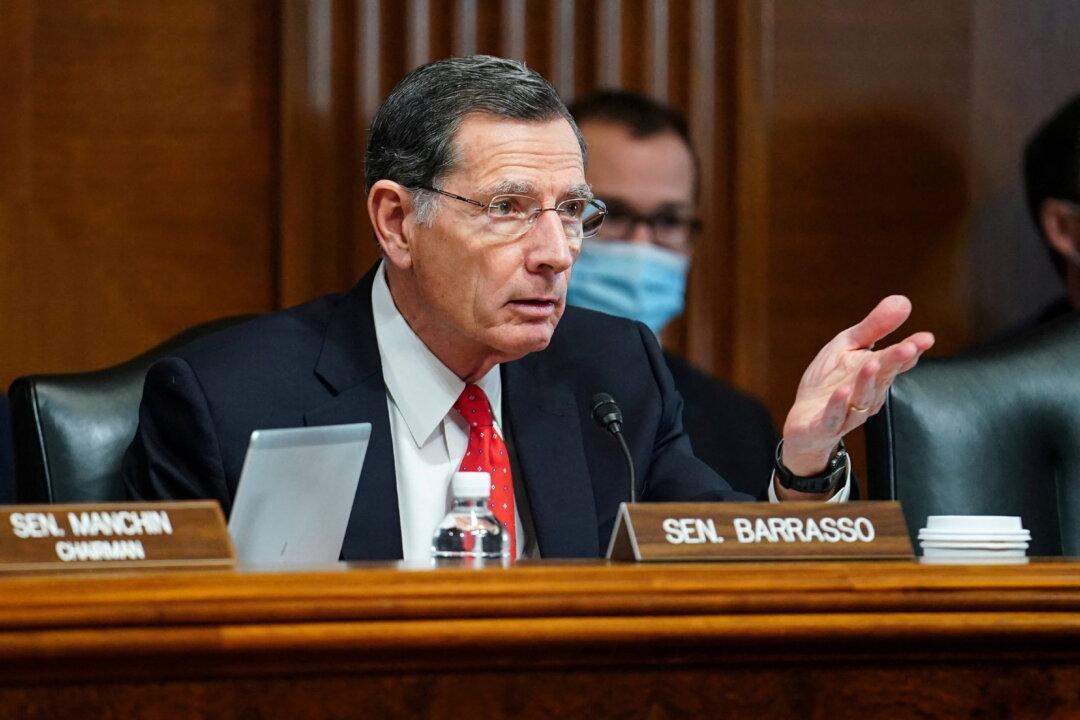For a half-century, the United States Department of Interior (DOI) has used a multi-use doctrine in administering much of the 480 million acres of federal public lands its 11 agencies manage across the country.
Under the Federal Land Policy & Management Act of 1976, recreational activities such as fishing, hunting, and camping are regarded as equally viable uses of public land as are economic pursuits such as grazing, logging, mining, and oil/gas development.





